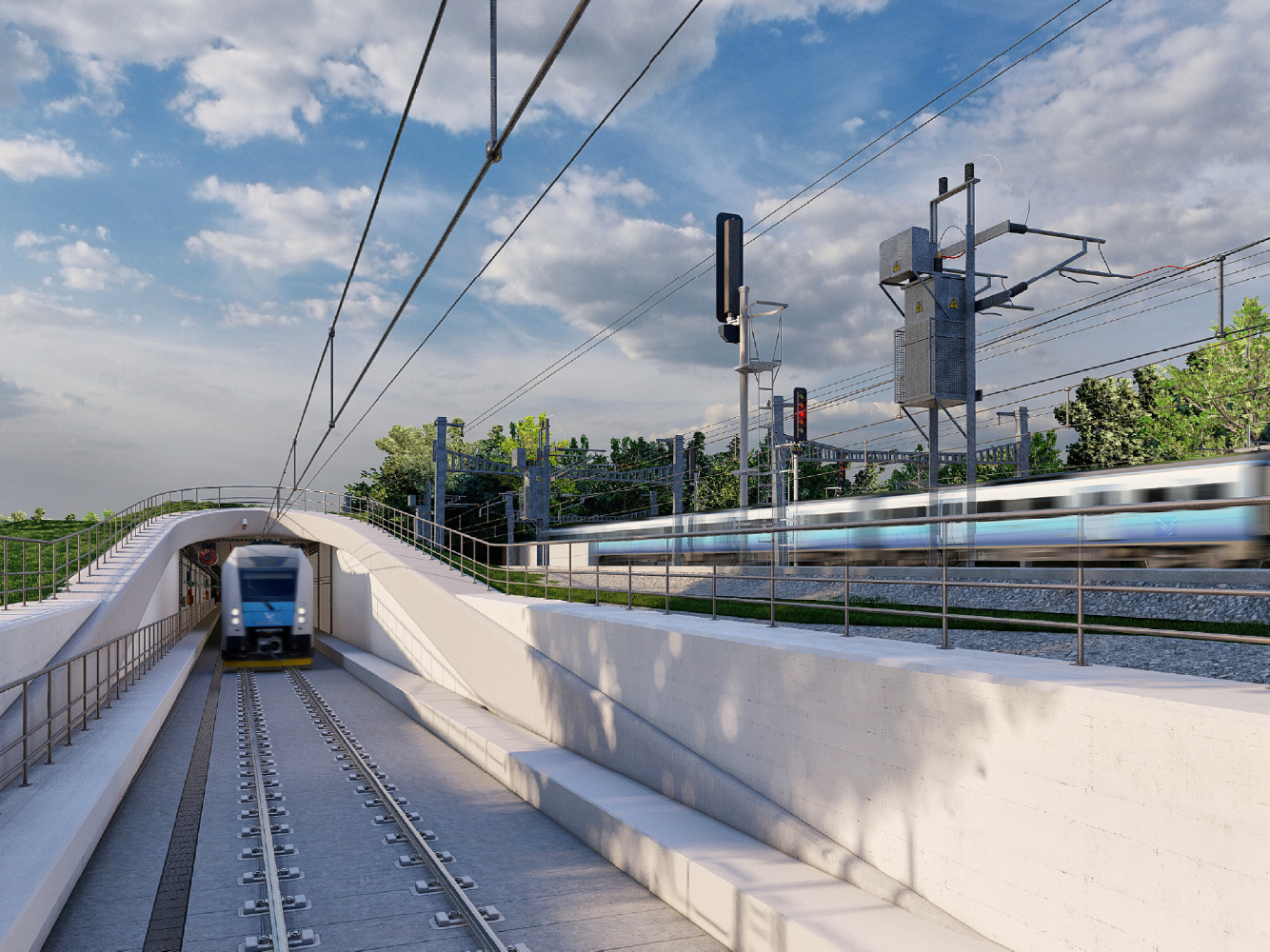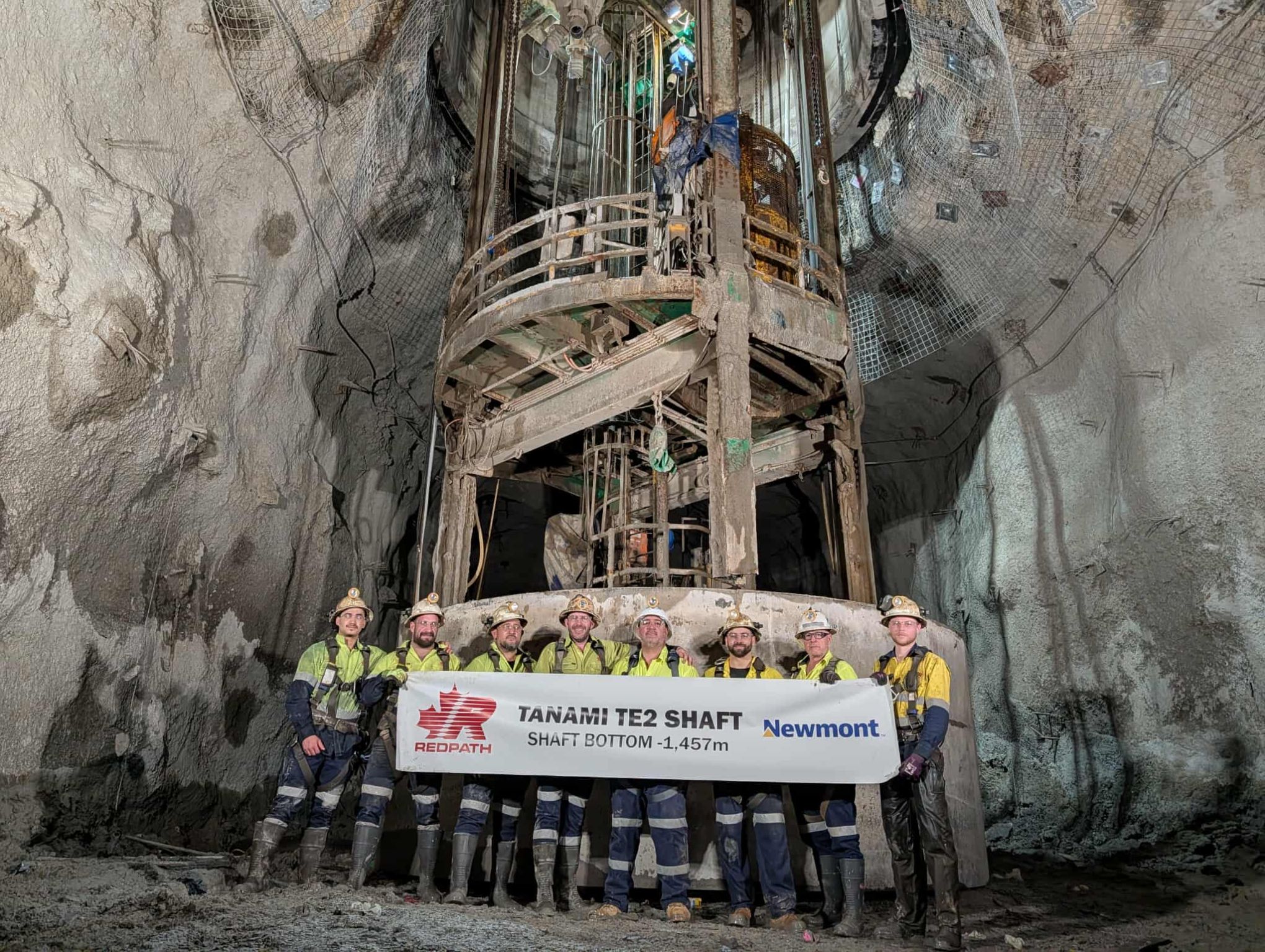Perth-based Image Resources is poised to move from an exploration company to minerals producer. George Sakalidis talks to Gay Sutton about the prospects that could transform the company into a major global force in zircon and titanium production.
Australian mining is renowned the world over for its rugged nature. Dry, inhospitable locations make the fly-in fly-out lifestyle of its hardy workforce an absolute necessity. The North Perth Basin is a region that conspicuously bucks this trend. Located within an hour’s drive of all the comforts of Perth, the region benefits from easily accessible utilities and a well established transport infrastructure. Mine workers in this region can commute easily from their homes in Perth while power, gas and water are readily available, and road and rail access are good. “In fact many of our deposits straddle the main highway,” says George Sakalidis, managing director of Image Resources, which has just initiated feasibility and environmental studies of promising valuable mineral sand deposits in the North Perth Basin.
Launched over 12 years ago and listed on the ASX stock exchange in July 2002, Image Resources has acquired a portfolio of mining licences based on a unique method for analysing and interpreting paramagnetic data. “Using exploration techniques unique to ourselves we have been able to unravel the geology, topography and magnetics to identify new resources. And this approach has come up trumps,” he says.
Image Resources’ holdings in the North Perth Basin are located in two areas—Cooljarloo and Gingin—covering an area of around 2,000 square kilometres. Some 145,000 metres of exploratory drilling has taken place across the properties and more is scheduled. “So far, we have identified 11 mineral resources, six of which have been put to a five-month scoping study,” explains Sakalidis.
In Cooljarloo there are three deposits: Atlas, Hyperion and Helene, which lie close to the surface within the top 15 to 20 metres of sand. And all are fully explored and have been defined in the measured category. “Atlas is probably our most valuable deposit to date,” says Sakalidis. “It doesn’t have much overburden, so we will be going straight into ore material.” Moreover, that material is so rich the $84 million capital required to bring it into production and build the plant will be paid back within just 13 months.
In the Gingin region, there are currently four deposits that lie a little deeper, within the top 30 metres of sand. Exploratory drilling has been completed at Gingin South, is still in progress at Red Gully, and has yet to be initiated at Gingin North. The aim is to bring all the resources to the measured category.
The scoping study estimated that the holdings could produce between 16,000 and 230,000 tonnes of concentrate per year, if mined consecutively over a period of around 12 years. This works out at a total of 2.5 million tonnes of concentrate made up of zircon and the titanium oxides ilmenite, rutile and leucoxene.
Based on these findings, the company has initiated a full feasibility and environmental study at the Atlas deposit. If all goes according to plan, mining will commence in 2014 at the Atlas deposit, before transferring to Red Gully and from there to other sites in the portfolio.
Meanwhile, exploration is also underway at a number of other locations including Atlas South and Boonanarring in the Gingin region. Although not part of the original scoping study, both are displaying promising results and may be brought forward to replace some of those in the original study. “We’re finding that the Boonanarring deposit, for example, has an average zircon content of around 15 per cent—higher than Atlas, which stands at 10.6 per cent. Internally, however, we are seeing zircon levels reaching 40 per cent or higher at Boonanarring.”
In the longer term, the aim is to identify the areas where the higher concentrations of zircon and rutile can be found and prioritise the mining plan to exploit those first. To date, exploration and survey costs have been internally financed through share issues. However, once the company moves to production, an investment of $84 million will be required to fund the purchase of plant and equipment.
The specifications for the plant will be decided by bulk testing of the ores found at Atlas, Red Gully and a few other sites, and this will take place during 2012. With the deposits lying up to 200 kilometres apart across the North Perth Basin, the intention is to acquire mobile wet plant and separation plant technology which can not only be moved from site to site but also moved within the confines of a single deposit which can extend over a distance of up to 10 kilometres.
All in all, the outlook for mineral sands is very good. Last year, zircon was priced at around $800 per tonne but has trebled in value and now stands at $2,400 per tonne. “And this is mainly down to demand in China and the fact there are not many emerging suppliers. So there is a big gap between demand and supply,” he comments, “and it’s a gap that we hope to fill.” Rutile prices, meanwhile, are also on the increase and are predicted to rise from around $500 per tonne in 2010 to $2,400 per tonne by 2012, while ilmenite is expected to jump from $100 per tonne to $300 per tonne over the same period. “These price trends are expected to continue beyond 2014 when we will be going into production. So we’re hoping our timing is going to coincide with peak prices.”
With the economics looking so favourable, it may also pay for the company to take advantage of another technology that is unique to Western Australia. This consists of huge and very expensive kilns capable of upgrading the lower valued ilmenite into synthetic rutile, increasing the titanium content from 60 per cent to 90 per cent. Three of the kilns are conveniently located in the North Perth Basin. “And as some of the material we will be producing will be suitable for that process, there is an opportunity for us to do that too,” Sakalidis says.
The story of Image Resources’ development, however, is ongoing. In the North Perth Basin, exploration is continuing to reveal new and high-grade resources. “And we have a pipeline of 100 kilometres of other targets that we haven’t begun to work on yet,” Sakalidis says. “Meantime our competitors are running out of materials. So we’re in a good position to take the mines into production.”
In the more remote Eucla Basin which lies inland on the Western Australia/South Australia border, the company owns the southern portion of the Cyclone deposit. “This deposit has two million tonnes of zircon and one million tonnes of rutile. The world production of zircon is about 1.3 million tonnes, so this one deposit is potentially very valuable and could almost double world production. However, because of its remoteness it will cost a great deal to put it into production,” he concludes. “That’s something for the future.” www.imageres.com.au
DOWNLOAD
 Image.Resource-EMEA-Jan12-s.pdf
Image.Resource-EMEA-Jan12-s.pdf













